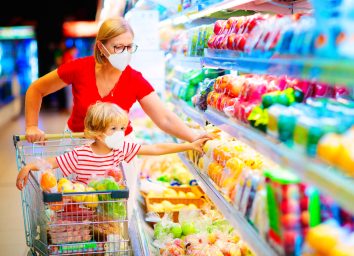This Is The #1 Most Surprising Source of Food Poisoning, CDC Says
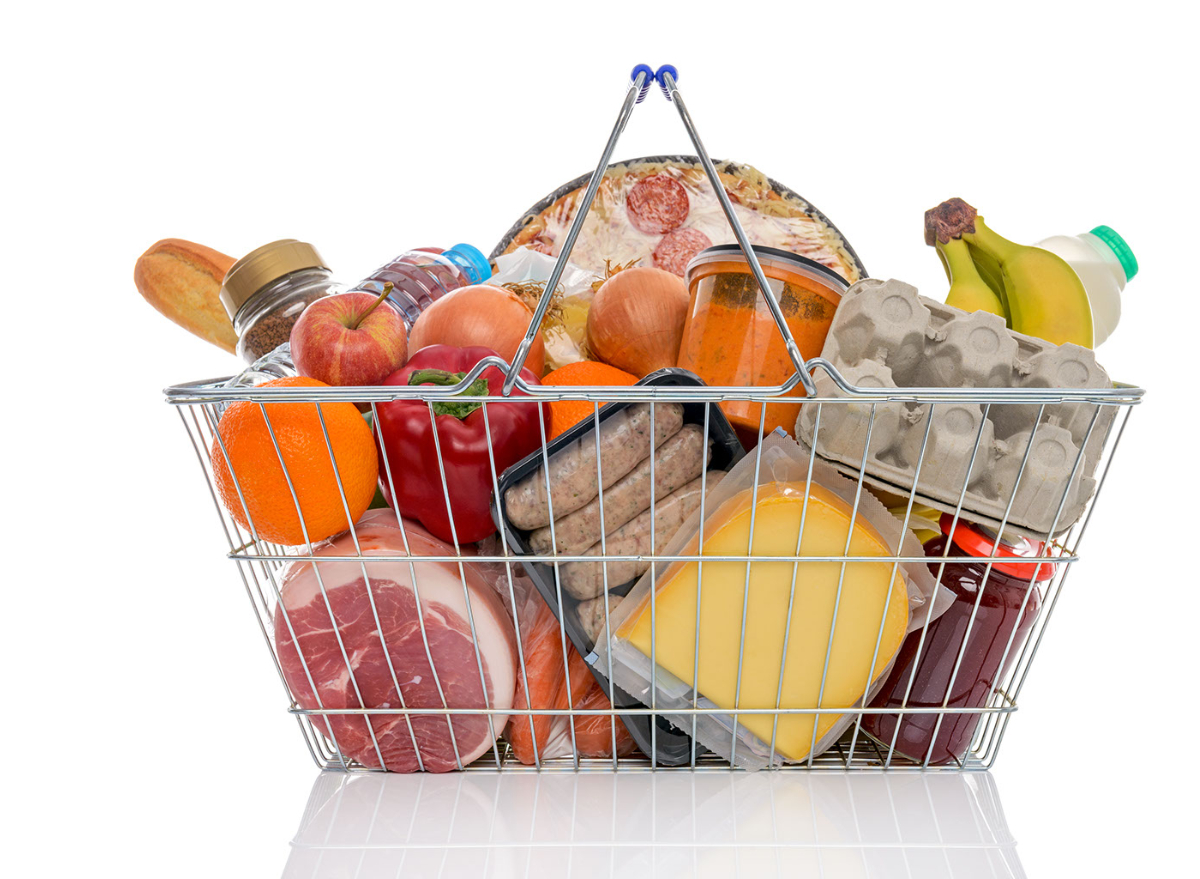
When food poisoning strikes, it usually strikes hard and fast—taking you off your feet for at least 24 hours, and in some cases, can lead to a life-threatening illness. According to the CDC, 1 in 6 Americans get sick from contaminated food or beverages and 3,000 die from foodborne illness each year.
In the past, people predominantly considered eggs and raw meat the main offenders of food poisoning. But, in recent years, that’s changed as developments in production methods and widespread distribution are bringing about other culprits. Turns out, vegetables and fruits have become more likely to be contaminated as they move through the supply chain, according to the CDC. For instance, kale and parsley are two products that have recently been recalled due to the presence of listeria and E coli.
What’s more, the same developments in distribution mean a single bad batch of food can make people sick in wide-reaching areas of the country—and sometimes, all over the world. The contaminated parsley, for example, was distributed to retailers and wholesalers in Illinois, Michigan, New York, Ohio, Pennsylvania, and South Carolina.
Reigning in a disease that keeps popping up everywhere with no direct source can be hard to do. While the CDC and other organizations are at work monitoring production, issuing recalls, and fixing any issues with the supply chain, the last line of defense will always be you.
What follows are the CDC’s stats on which foods are most likely to cause food poisoning, plus the four simple steps you can take to prevent getting sick when enjoying the foods you love: clean, separate, cook, and chill. And next, read up on the 100 Unhealthiest Foods on the Planet.
Vegetables
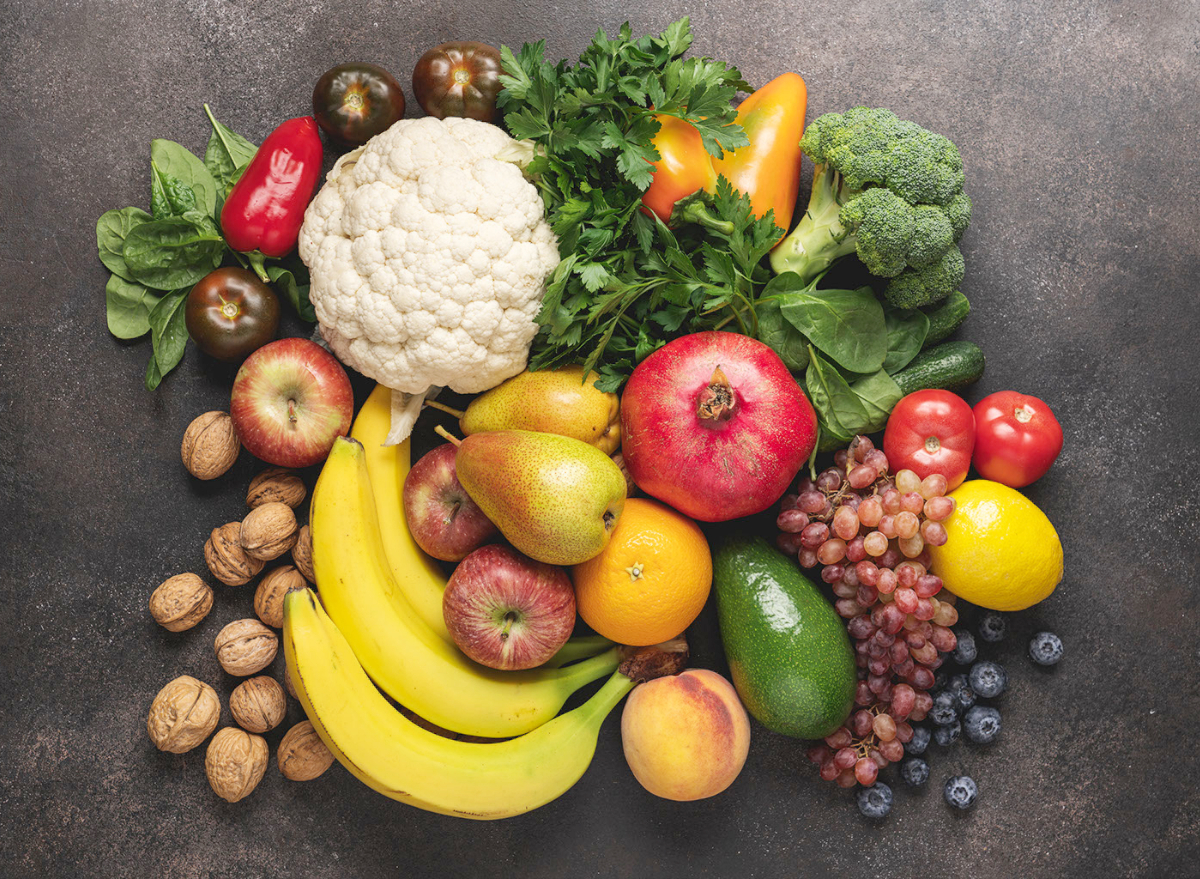
Vegetables like leafy greens (8% of food-borne illnesses, the CDC says), seeded vegetables (7%), sprouts (2%), herbs (2%), and root vegetables (2%) are by far the #1 most likely food to be contaminated with pathogens—accounting for 21% of all foodborne illnesses, the CDC says. Surprisingly, healthy leafy greens—also a food people tend to eat raw—is at the top of the list. Remember the huge romaine lettuce recall of 2018?
According to the CDC, “The safest fruits and vegetables are cooked; the next safest are washed. Avoid unwashed fresh produce.” Show of hands: Who rewashes their triple-washed bagged greens before making a salad? You should. And you should wash avocados, potatoes, eggplant, and everything in between.
Related: How to Safely Wash Fruits and Vegetables During the Coronavirus Pandemic
Poultry
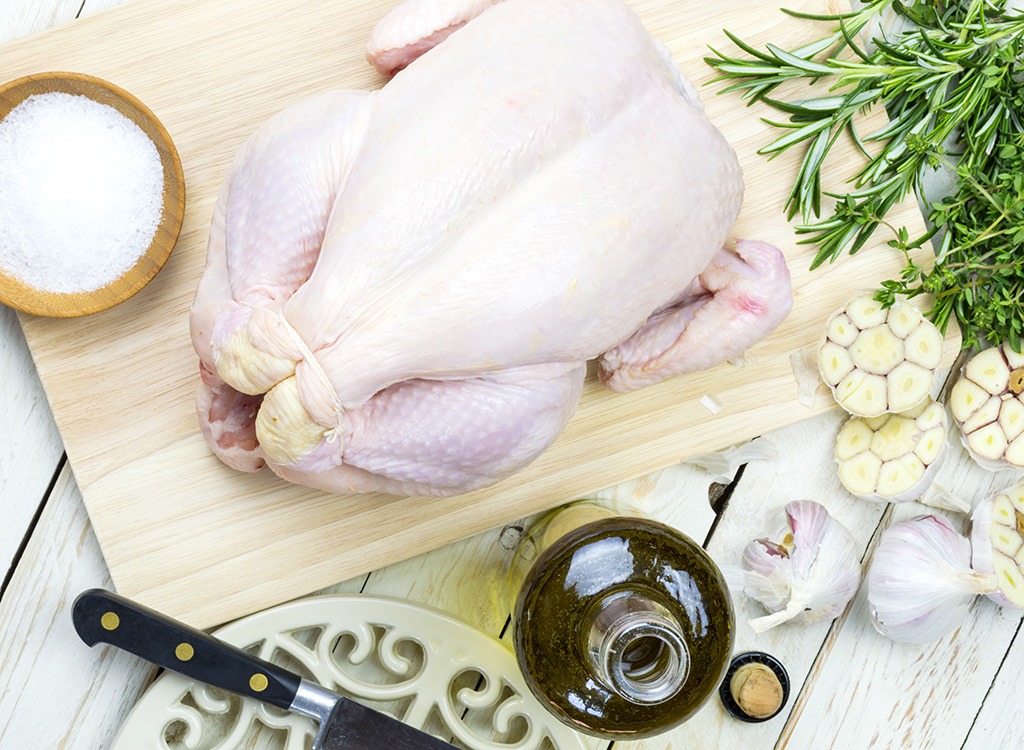
Chicken (12% of food-borne illnesses) and turkey (8%) can harbor many pathogens and are a huge source of salmonella contamination.
Chicken needs to be cooked to a safe internal temperature of 165ºF to consume. It should never be washed, which can spread the bacteria to other surfaces. Leftovers should be refrigerated promptly. Read more about tips on the CDC’s site.
Pork and Beef
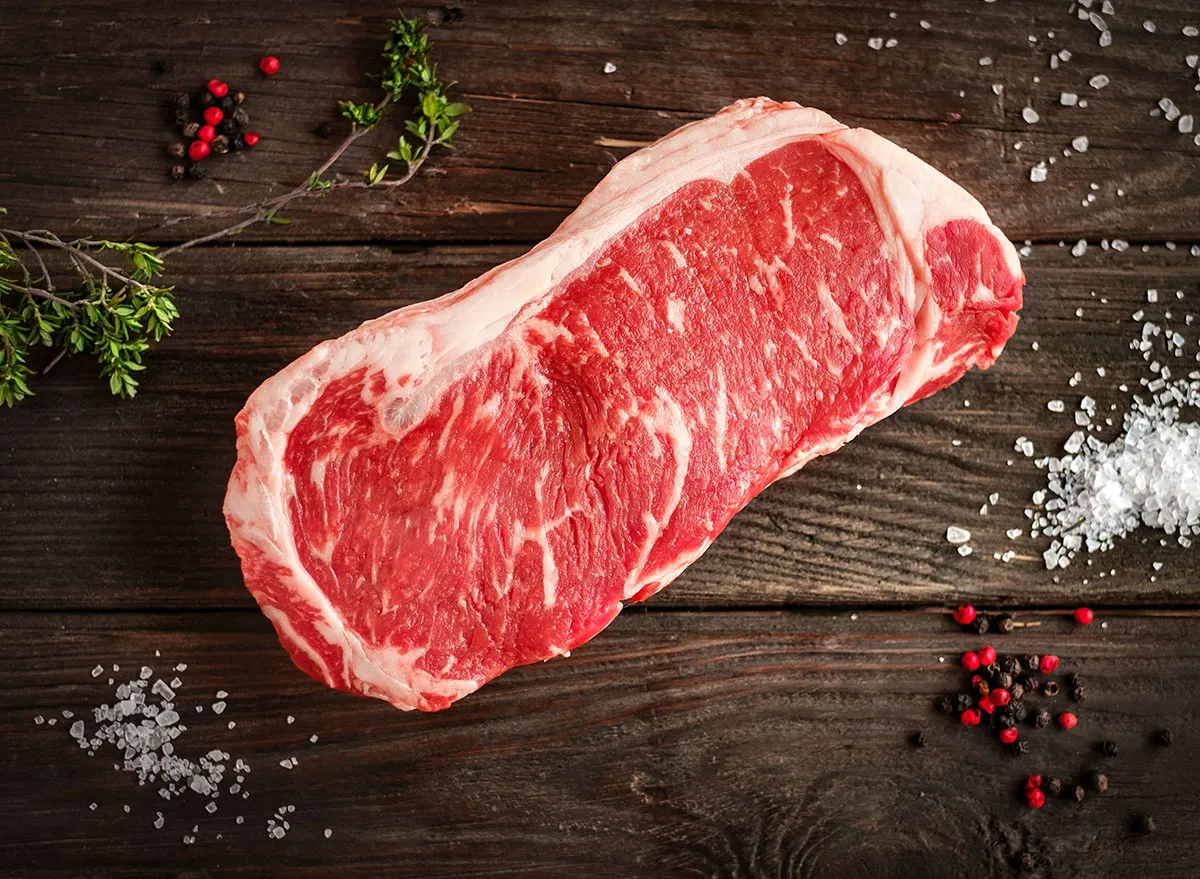
Pork and beef combined account for 19% of foodborne illnesses. When cooking pork (10%) and beef (9%), follow the same guidelines for cooking poultry and be sure to abide by the minimal temperature guidelines.
Seafood
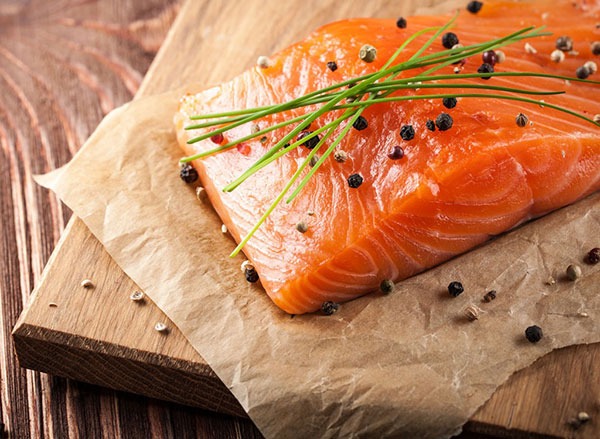
Contaminated seafood causes 9% of food poisoning cases. Again, you need to cook seafood, including shellfish (5%) and fish (4%) to a safe temperature and reheat leftovers.
The CDC suggests 145°F for all raw food and to reheat leftovers to 165°F. Sorry, sushi lovers and oyster connoisseurs, but these are hotbed foods. Eat with the knowledge that you could get sick and get your seafood from a trusted source.
Fruits
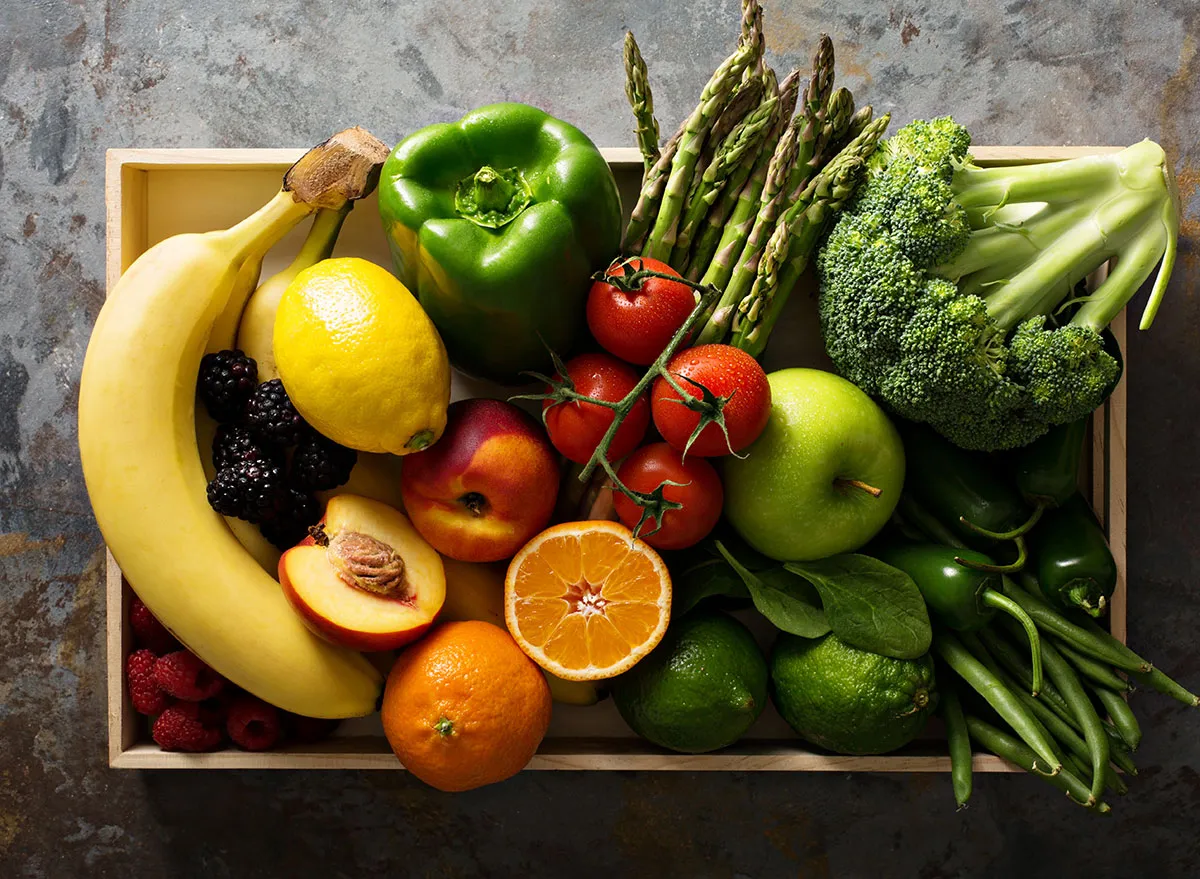
Sadly, fruit is responsible for 9% of all foodborne illnesses, the CDC says. Fruits can be contaminated anywhere along the supply chain. We’ve seen it with blueberries, watermelon, peaches, cantaloupe, and especially pre-cut varieties. Try to cut your own fruit and thoroughly wash it before you cut it. (Do this even if you won’t eat the peel because the germs will work their way into the food if you cut through the skin.)
Eggs

By now, everyone knows to be careful with eggs, which are responsible for 7% of all foodborne illnesses. They are notorious for harboring salmonella. Be sure to cook your eggs thoroughly and be careful when consuming foods that contain raw eggs—yes, that includes raw cookie dough.
Dairy
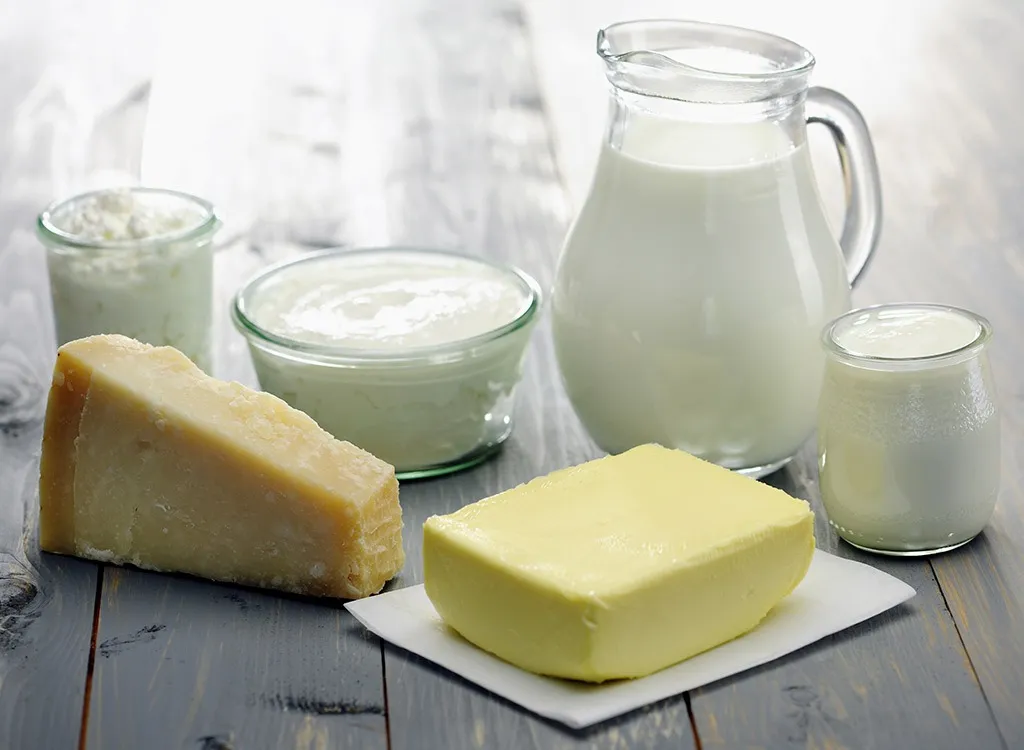
Raw dairy (5% of foodborne illness cases) is really the issue here. In the U.S. you are unlikely to encounter these products in the supermarket since most are illegal. But still, be cautious and keep your food out of the “danger zone” and use proper preparation techniques. The CDC describes the “danger zone” as between 40°F and 140°F for longer than 2 hours (or 1 hour if it’s hotter than 90°F outside).
Grains and beans
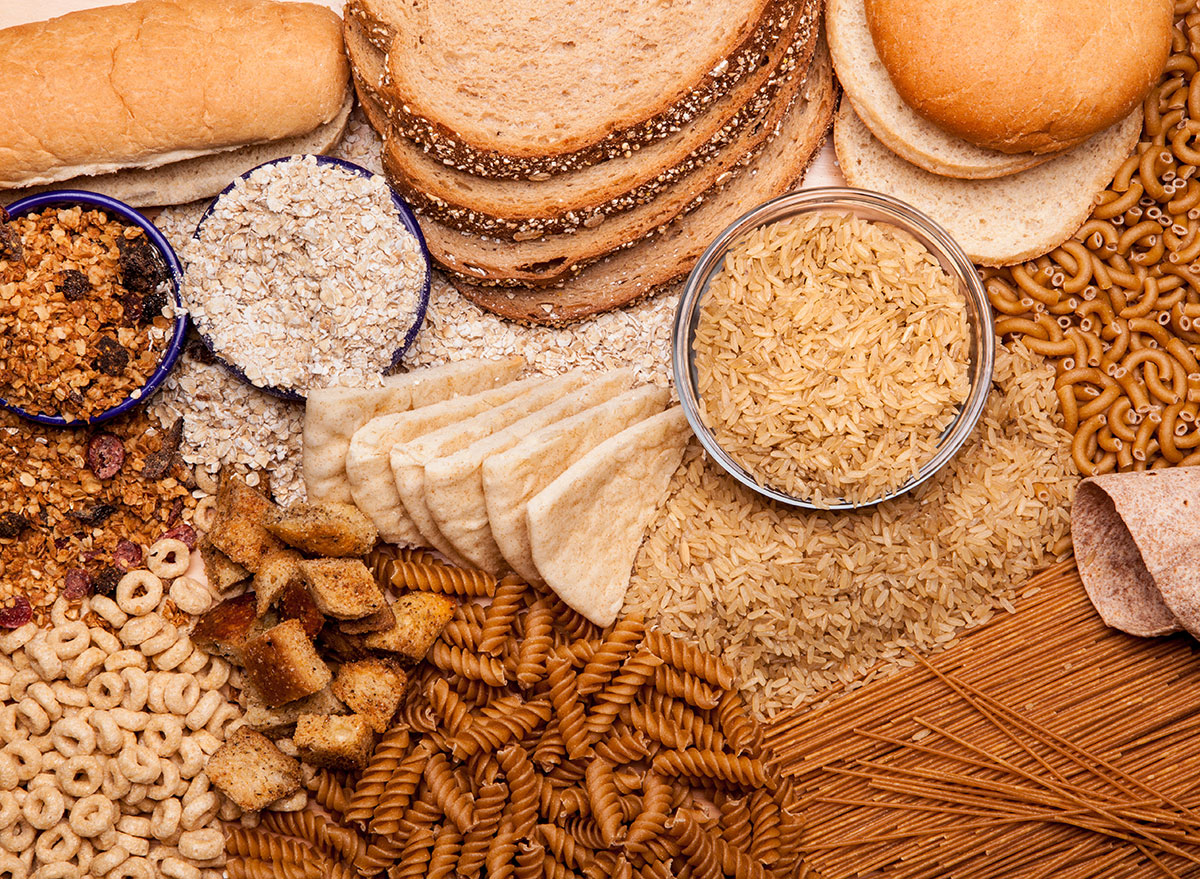
Uncooked grains and beans are responsible for 4% of food poisoning cases. The CDC even issued a special warning against eating raw flour. (Seriously, stop eating raw cookie dough!) In terms of beans and other canned food, throw away any cans that are dented and use proper procedures for canning foods at home.
Other culprits

This category includes foods that don’t fit in the top 15 categories and other federally regulated items, such as alcohol, coffee, beverages, ice, condiments, and dietary supplements. These account for 7% of foodborne illnesses.
If this is a lot of information to swallow, remember the four actions: clean, separate, cook, and chill.
Read more:
